Description
Maurice Farman
Maurice Alain Farman (March 21, 1877 – February 25, 1964) was an Anglo-French Grand Prix motor racing champion, an aviator, and an aircraft manufacturer and designer.
Biography
Born in Paris to English parents, he and his brothers Richard and Henri Farman were important pioneers of aviation in Europe.
A champion tandem cyclist with brother Henry, Maurice Farman began racing Panhard automobiles and won the 1901 Pau Grand Prix, the first race ever to be called a Grand Prix. In May 1902 he won the “Circuit du Nord” race from Paris to Arras and back. He also competed in that year’s Paris to Vienna race won by Marcel Renault. However, Farman’s interest quickly turned to powered flight and in 1908 he bought a Voisin Model 4 biplane. In 1909 he set the world’s endurance and speed records. He soon began to manufacture airplanes and in 1912 merged his business with his brother’s aircraft company to give the Farman Aviation Works. He was awarded Aviator’s Certificate (Brevet) no. 6 by the Aero-Club de France, issued on November 18, 1909.
Maurice Farman died in Paris in 1964.
***********************
Henri Farman
Born in Paris, France, and given the name Henry, he was the son of a well-to-do British newspaper correspondent working there and his French wife. Farman trained as a painter at the École des Beaux Arts, but quickly become obsessed with the new mechanical inventions that were rapidly appearing at the end of the 19th century. Since his family had money, he was able to pursue this interest as an amateur sportsman. In the 1890s he became a championship cyclist, and at the turn of the century, he discovered motor racing, competing for Renault in the Gordon Bennett Cup.
When the Voisin brothers started their aircraft construction business in 1907 Farman was one of their first customers, ordering a copy of the aircraft that had been built for Leon Delagrange. He used this aircraft, the Voisin 1907 biplane to set numerous official records for both distance and duration. These include the first to fly a complete circuit of 1 kilometer (13 January 1908, winning the 50,000 franc Grand Prix d’Aviation offered by Henri Deutsch de la Meurthe) and 2 kilometers (21 March 1908). Some sources state that on 29 March, he became the first to take a passenger into the air, Leon Delagrange. (Others, however, believe that record belongs to Wilbur Wright and passenger Charles Furnas on 14 May of the same year. Later in 1908, on 30 October, Farman went on to make the first cross-country flight in Europe, flying from Châlons to Reims (27 kilometers in 20 minutes).
In 1909, he opened a flying school at Châlons-sur-Marne at which George Bertram Cockburn was the first pupil. The same year he made further record-breaking flights of 180 kilometers in just over 3 hours (at Reims on 27 August) and 232 kilometers in 4 hours 17 minutes and 53 seconds (at Mourmelon-le-Grand on 3 November). In October 1909 he appeared at the Blackpool Aviation Week, Britain’s first air show, at which he won over £2000 in prizes.
At the end of 1909 Farman fell out with Gabriel Voisin because Voisin had sold an aircraft that had been built to Farman’s specifications to J.T.C. Moore-Brabazon, and started manufacturing aircraft to his own design. The first of these, the Farman III, was an immediate success and was widely imitated.
In partnership with his two brothers Maurice and Richard (Dick), he built a highly successful and innovative aircraft manufacturing plant. Their 1914 model was used extensively for artillery observation and reconnaissance during World War I. The Farman Aircraft company’s Goliath was the first long-distance passenger airliner, beginning regular Paris-London (Croydon Airport) flights on 8 February 1919.
He was made a chevalier of the French Légion d’honneur (French: “Legion of Honour”) in 1919. He, along with Maurice, retired in 1937 when the French Popular Front government nationalized the aircraft industry; Farman’s company becoming part of the Societe Nationale de Constructions Aeronautiques du Centre.
Henry Farman took French nationality in 1937.
He died in Paris and is buried in the Cimetière de Passy in Paris.
In 1988, Farman was inducted into the International Air & Space Hall of Fame at the San Diego Air & Space Museum.
Excerpts from Wikipedia
***********************
All of the postal cards on our site are original, no reproductions.
As many if the cards are quite old and one of a kind, please look carefully a the photos to determine condition.
Size 9 x 14 cm
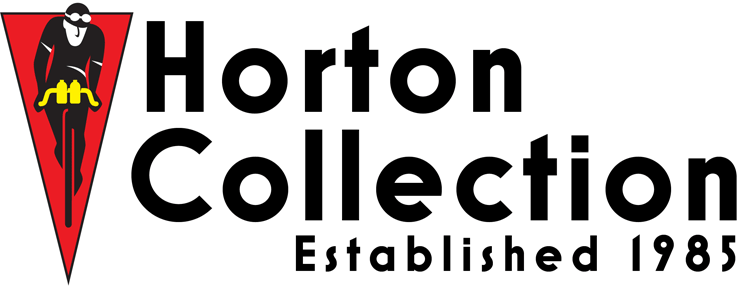
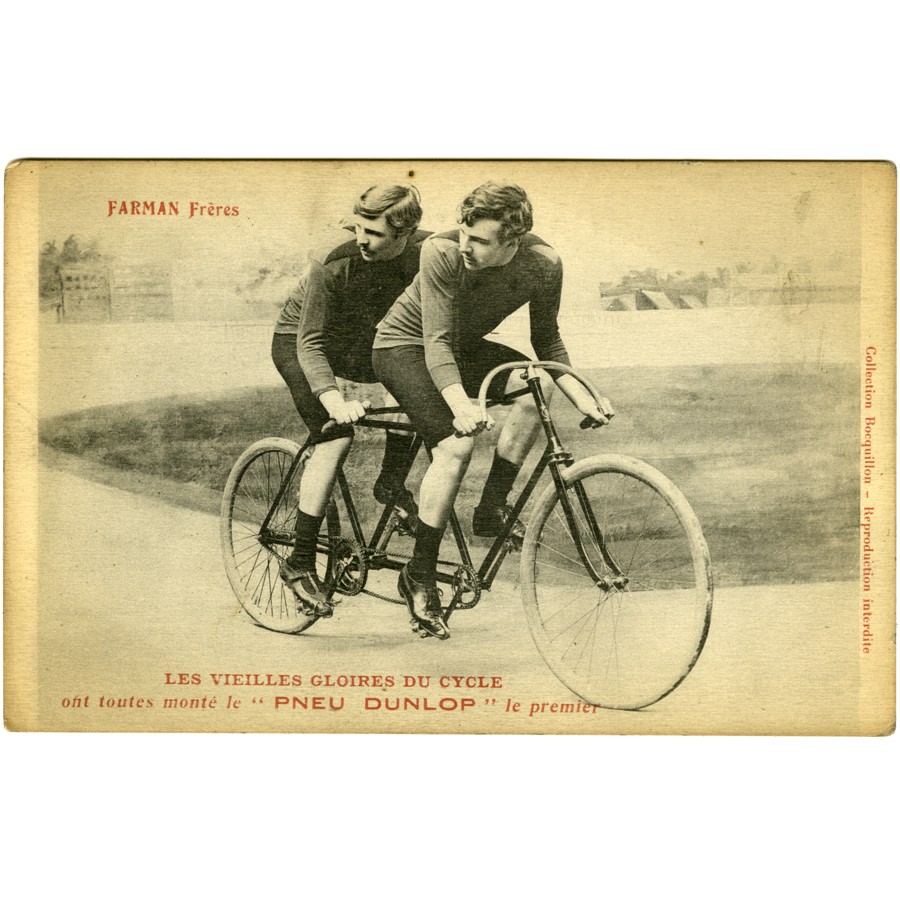
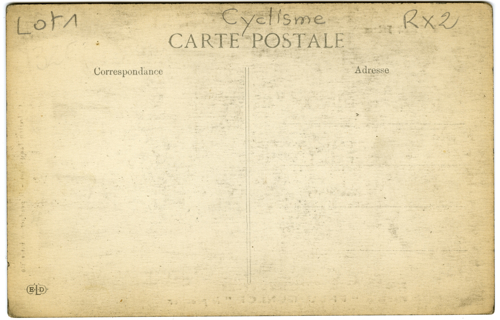
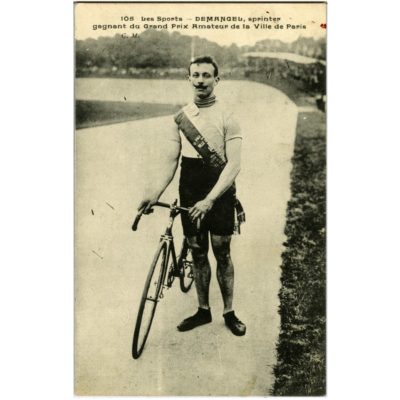
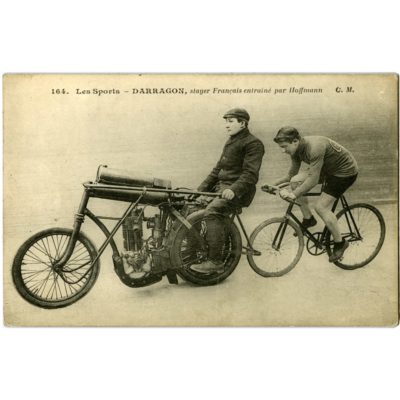
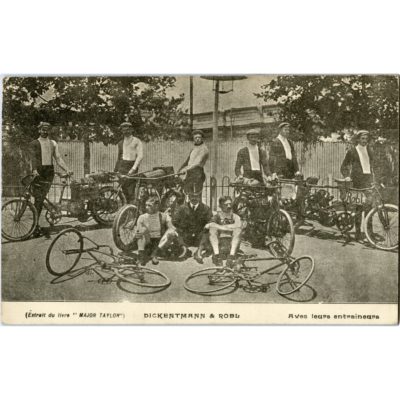
Recent Comments